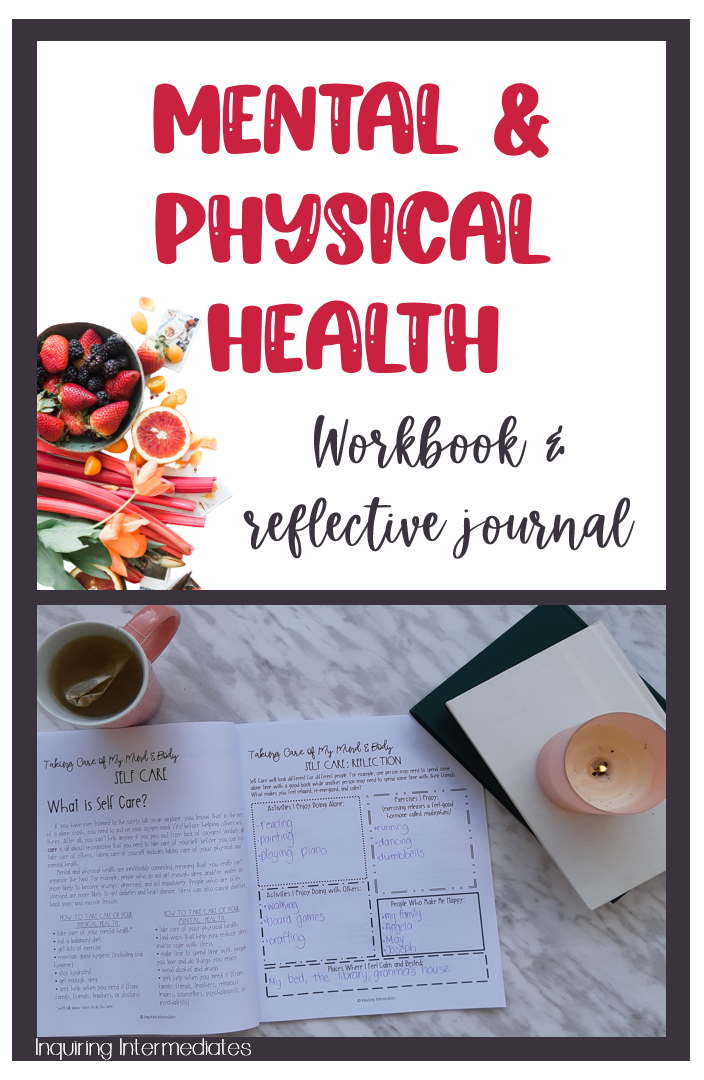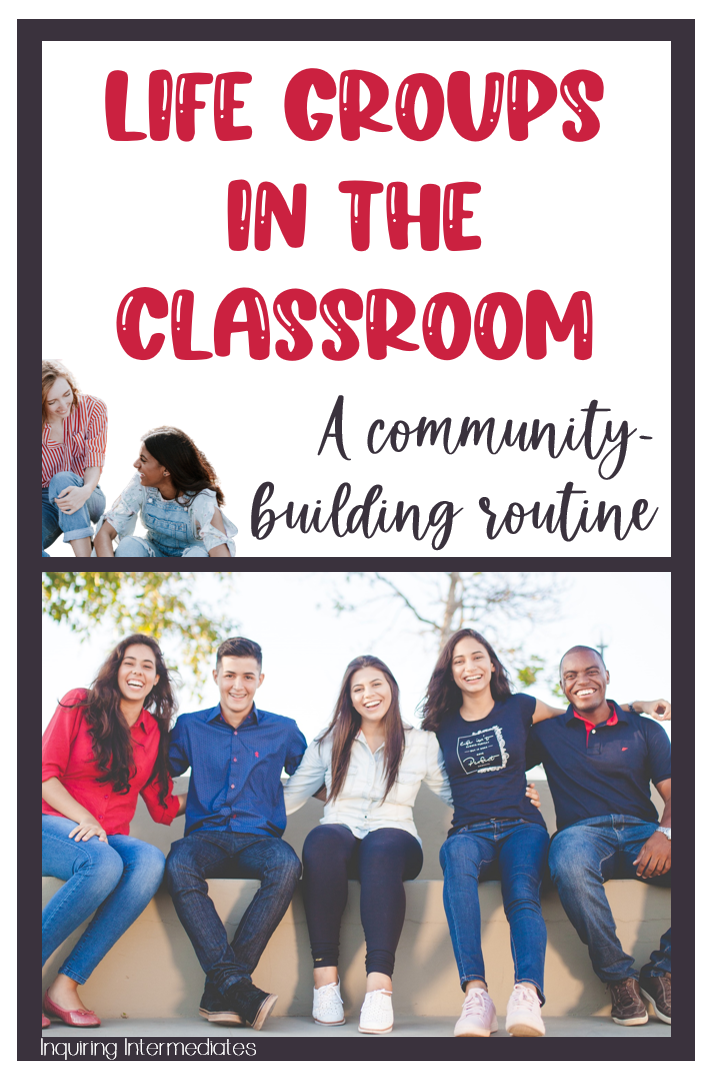It’s important to me that my students learn more than just the core subjects. I want them to learn to think critically, fight for equity and justice, and take good care of themselves and their community. This means that I try to be intentional about modelling good choices and putting routines into place that promote health in our classroom. These are some super easy things that I do in my classroom to foster healthy living!
Nature Walks and Outdoor Learning
Connecting to nature is one way that we can help students maintain their mental health. Nature walks have been shown to lower stress levels and blood pressure. If you have even a sliver of natural space near your school, take advantage of it! Take walks as brain breaks, do Andy Goldsworthy-inspired nature art, take nature photos for a student-created art gallery, or bring clipboards and books so students can work outdoors! The photos below were taken in a tiny little slice of forest nestled between townhouse complexes. I live and work in a townhouse jungle, but there are still slivers of natural space to explore!
Morning Work & Explicit Teaching
I like to rotate my morning routines between directed drawings, Life Groups, French journals, and these Mental and Physical Health workbooks/reflective journals. I created these because in my first few years of teaching I found that I wasn’t doing a good job of making time for the health curriculum. This workbook covers all the health topics I need for grade five, and then some! It goes covers physical health, mental health, healthy relationships, online safety, and my students’ favourite topic: puberty. On the mornings when I use these workbook/journals as morning work, I just write a message on the board telling students what pages we are working on that day so they know what to do when they come in. The workbook/journal has reading passages with comprehension questions, reflection pages, data trackers, and mini-projects. If we are working on an article with comprehension questions, we mark it together. If it’s a reflection page, I ask for volunteers who are willing to share. In weeks when we are tracking our moods, sleep, or water intake, we make sure to leave the books on our desks at the end of each day so that they are ready for us right away the next morning.
Food Rules
I want my students to know when and how to give their bodies what they need, so I let them eat and drink at their desks all day long. However, one of our three class rules is that students can only eat healthy foods and drink only water during class time. This tends to encourage kids to pack at least one healthy snack and I have seen a lot less juice coming into the classroom since I put the water-only rule in place. During recess and lunch, kids can eat and drink whatever they want.
On the rare occasion that a student has only unhealthy foods, I can be flexible if necessary. And as for messes, it hasn’t really been an issue. I did have a big tomato soup spill in my second year, but the kids cleaned it up right away and now I just have a no soup during class time rule. Even that rule I could probably bend if the student could just eat at my desk or the rainbow table to reduce the chances of spillage.
Read Alouds about Mental Health
Mental health is a hugely important and dangerously overlooked aspect of health education. Read alouds are one of my favourite tools to spark discussions about mental health. One of my absolute favourites is Wesley King’s middle grade novel OCDaniel; it’s the only novel I’ve read to my students three years in a row. I also adore Lloyd Jones’- The Princess and the Fog, which is a fantastic picture book about depression. Stay tuned for a separate post with a list of kids books about mental health!
Build Connection and Relationships with Life Groups
Human connection is a super important part of maintaining our mental health. One way I like to foster connection in my classroom is through Life Groups, a routine that I described in this blog post.
Body Breaks
Not only is it tough for kids to sit and focus for long periods of time, it’s not good for our brains or bodies! I like to do regular body breaks with my students to get our blood flowing and to clear our heads. We’re lucky because our classroom has an exterior door that faces the playground and we back onto the field, so I can easily let them go out and play for five minutes or send them out to run a lap. Depending on what I’m wearing, I’ll often run a lap with them to model healthy habits but also to get my heartrate up! I find that running with them does help the stragglers speed up a bit, especially if I yell – “I’M LAPPING YOU; I’M LAPPING YOU!” as I pass them. 😊
On rainy days, we do dancing or stretching body breaks. Usually the songs are silly ones that they do “ironically” (their words, not mine), like “Baby Shark”. Sometimes we just stop, tuck our chairs in, and do some jumping jacks.
Kilometer Club
When the weather is nice, we also do something I call Kilometer Club, which is essentially just running laps around the field. I keep track of the laps students run so I can set personalized goals for students who use this time more for sauntering than exercise. Each time they complete a lap, they get a popsicle stick. Usually, I do this at the same time as another class and the other teacher and I try to run a lap or two to set an example. I also work with the kids to set a whole-class goal. Last year they wanted to run the kilometer equivalent of the length of Canada, which they later shortened to the distance between our school and Calgary, Alberta. They were so proud of themselves when they reached their goal!
What kinds of routines and rules do you use to promote healthy living in your classroom? I’d love to hear your suggestions!


